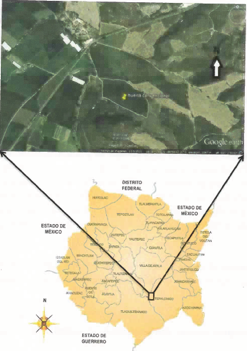 |
|
Mexico is the fifth largest producer of fresh oranges in the world, and Tepalcingo in Morelos has recently become an important area of cultivation for cv Valencia. The objectives of this work were to assess fruit quality in the oranges from this region, and to determine their commercial life during storage. Significant differences occurred in the juice volume of fruits during all three seasons evaluated; however, no differences were detected in their weight, size, shape, rind thickness, or flavedo color (L*, C*, h). TSS/TA (total soluble solids/titratable acidity) ratios were high (10.3-12.9) in fruits collected during spring and summer. Overall, the oranges met the specifications of both national and international quality standards. Changes during storage indicated that compression force, % weight loss, and sensorial flavor were negatively impacted by storage at 24⁰C while TSS and TA of juice remained unaffected at 11 and 24 ⁰C. The commercial life of oranges was 21 d at 24 ⁰C and > 28 d at 11 ⁰C as determined from changes in the concentrations of certain aroma compounds and from differences in the firmness of their rinds. Such changes correlate well with both weight loss and the sensorial perception of quality attributes.
Keywords: Preharvest factors, aroma compounds, compression test, sensory evaluation.
|
|
 |

